Mike Stuffler, Watchuseek moderator and German watch expert, and I visited the Laco Watch Company factory during our visit to the Black Forest region. Laco has managed to survive several crises, hence it is important to understand the history of the company. Along with the background information, we will share pictures of their new flieger watches – after all Laco was part of the original five manufacturers of these pilot watches.
The Beginning
The company Lacher & Co. – the name Laco deriving from the first syllables – was founded by Frieda Lacher and Ludwig Hummel in Pforzheim in the middle of the 1920s. At the time, Pforzheim’s many watch manufacturers used to fit their casings almost exclusively with Swiss mechanisms, either delivered complete, or as individual parts – a considerable saving in customs duties – which could then be finished and re-assembled by the factories themselves.
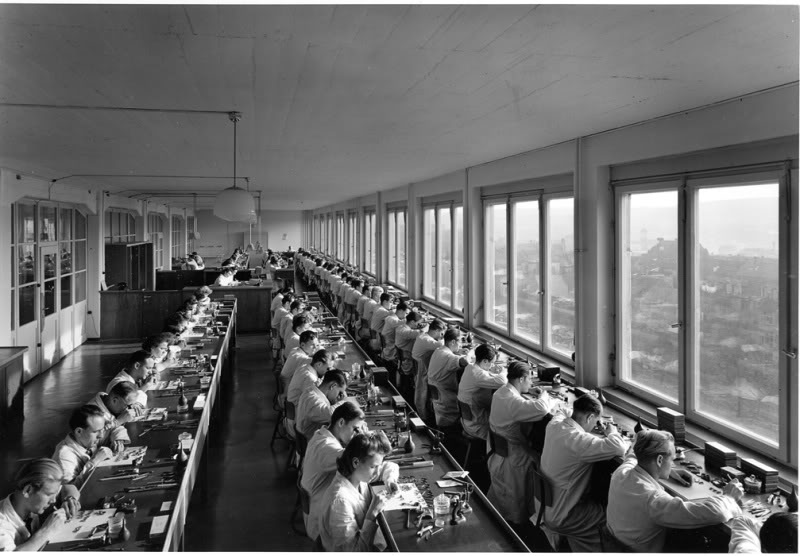
Frieda Lacher and Ludwig Hummel’s young business made a successful start, yet after a few years the founders were to go their separate ways. Hummel continued to manage the greater part of the original company, the Laco watch-making factory, while Frieda Lacher branched off into the production of precision parts for wristwatches, such as wheels and pinions. Later, under the direction of her son Erich Lacher, Frieda’s branch was to start producing complete watches again. Erich Lacher entered the firm in 1936, which was then renamed the “Erich Lacher Uhrenfabrik”.
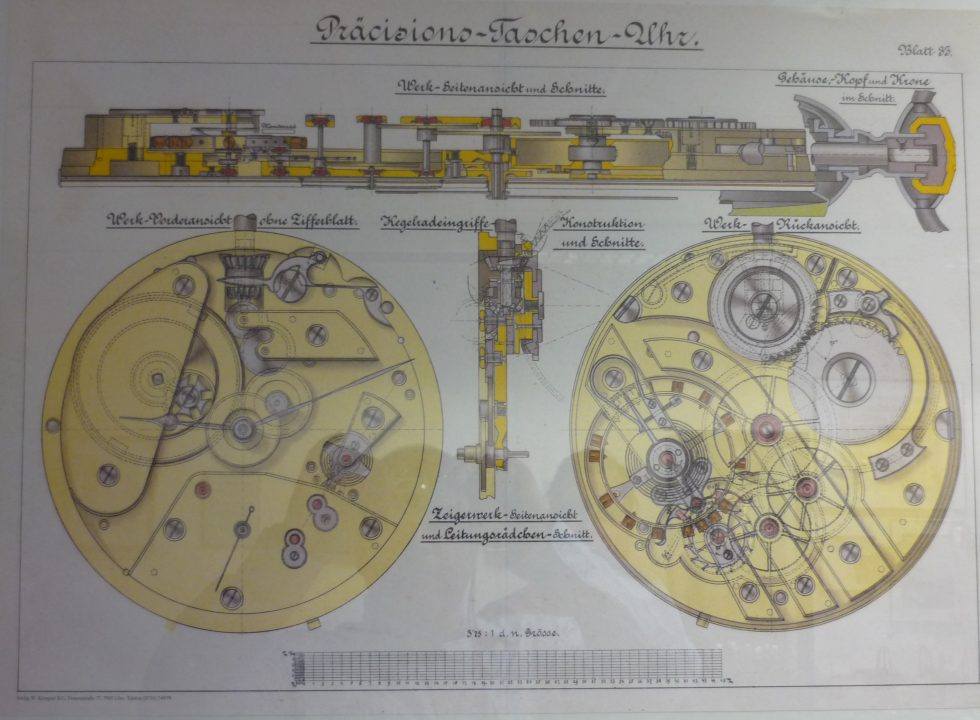
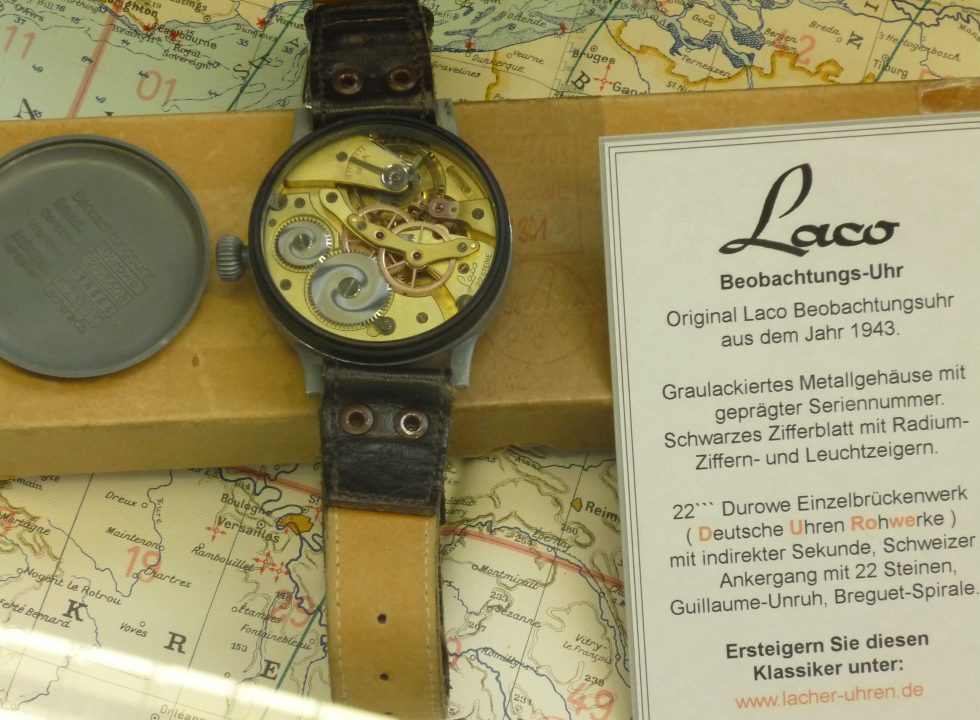
However, it was Laco-Durowe which developed to become a world-class brand and Pforzheim’s main watch producer through the sister company “Lacher & Co.”, run by Hummel. Hummel, born July 26th 1889 in Engelsbrand (nr. Pforzheim), wanted to do more than simply fit Swiss mechanisms into casings. Hummel, along with several other Pforzheim watchmakers, strove to become independent of the Swiss manufacturers, with the aim of producing his own line of watches. The fact that the wristwatch was comparatively slow to take off in Germany, and that many of Pforzheim’s assembly plants continued to need the rough movements from Switzerland, made Hummel’s plans somewhat harder to realize.
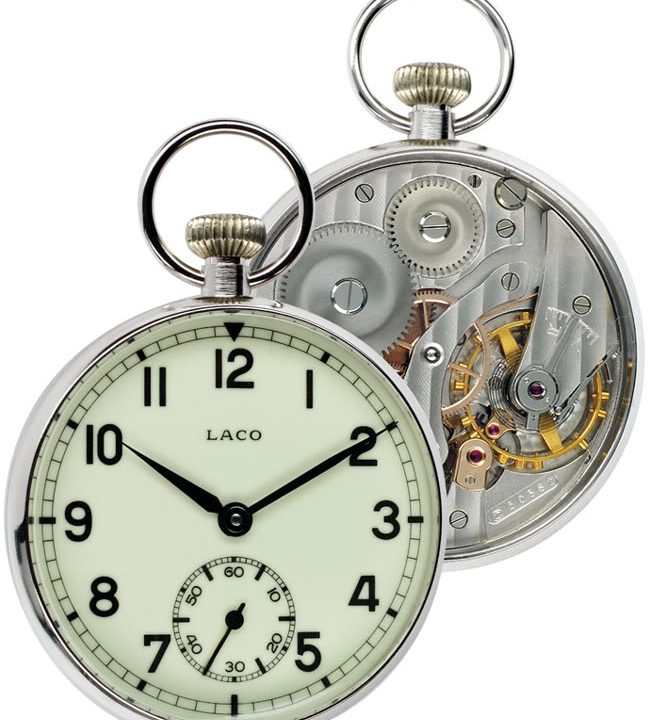
So, it was that in 1933 he founded a mechanism-producing company (Durowe -Deutsche Uhren-Rohwerke) which, from the outset, was to supply not only his own Laco plant but other watchmakers as well. The production range was soon to include a wide assortment of high quality wristwatch mechanisms. On offer were two round mechanisms – 8 ¾ (cal. 318) and 10 ½ (cal. 410) lines respectively, and three non-round mechanisms – 5 ¼ (cal. 50), 7 ¾ x 11 (cal. 275) and 10 ½ lines – distinguished by an additional “F” for Formwerk. All of the models were pallet anchor mechanisms with clutch winds – by no means the general rule at that time. Cylinder anchor and pin pallet fork mechanisms were still favored, with full pallet fork mechanisms tending to feature ratchet winds, whose quality and design were considered less sophisticated.
A company of international standing
The war ended catastrophically for almost all the Pforzheim manufacturers, including Laco. During a devastating air-raid by the Allies, all the factories were destroyed and more than 80% of the town itself was reduced to rubble. However, the work of rebuilding was to begin soon after the end of the war, and Laco and its sister firm were back in business again by 1949. Helped by the Marshall Plan, Ludwig Hummel built an impressively large 5-storey edifice to house Laco-Durowe, which was later further extended, so that by the middle of the 1950s 1,400 people were working there. Production of rough movements rose to 80,000 a month, giving some idea of the company’s dramatic growth over this period.
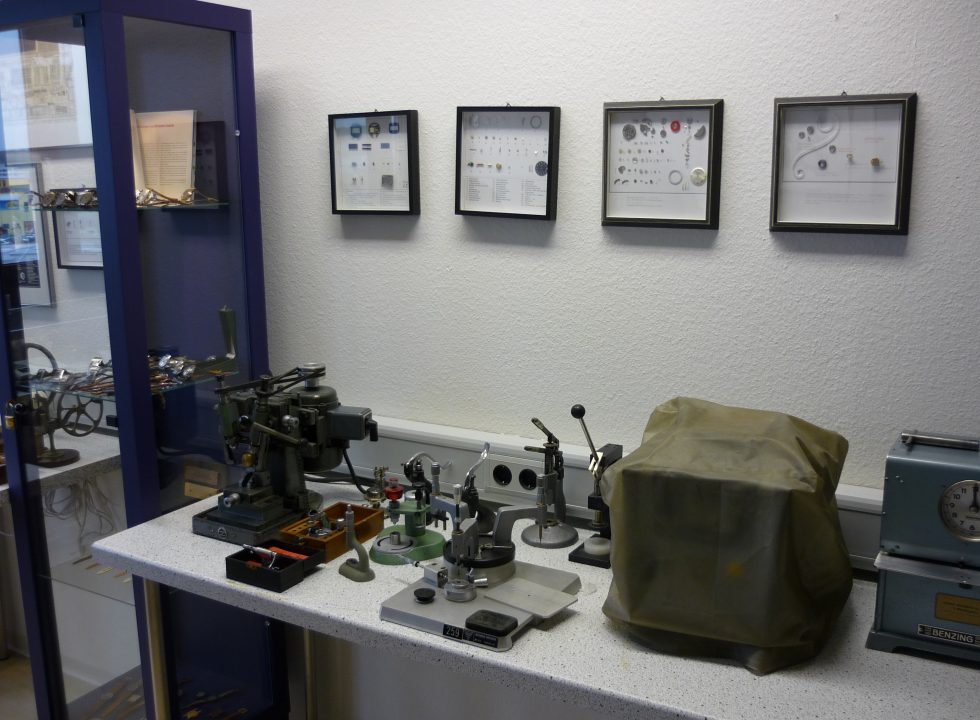
The years up until 1959 may be regarded as Lacher’s “golden age”. Laco enjoyed a strong market position with the manual wind and – starting in 1952 – with the automatic models, while Durowe supplied various watchmakers with an ever-increasing number of reliable and high-quality movements.
Unique to Pforzheim
Seen through the eyes of collectors and enthusiasts of German precision engineering, this period offers a wealth of particularly interesting models.
Firstly, the “Laco-Sport” which introduced the “Duromat” – 11 ½ lines (552 cal.), the first automatic movement to be produced by Durowe as of 1952. This movement, with its 18,000 semi-oscillations and two-directional rotor, based on the 422 cal. manual wind, made Durowe one of the first German manufacturers of automatics.
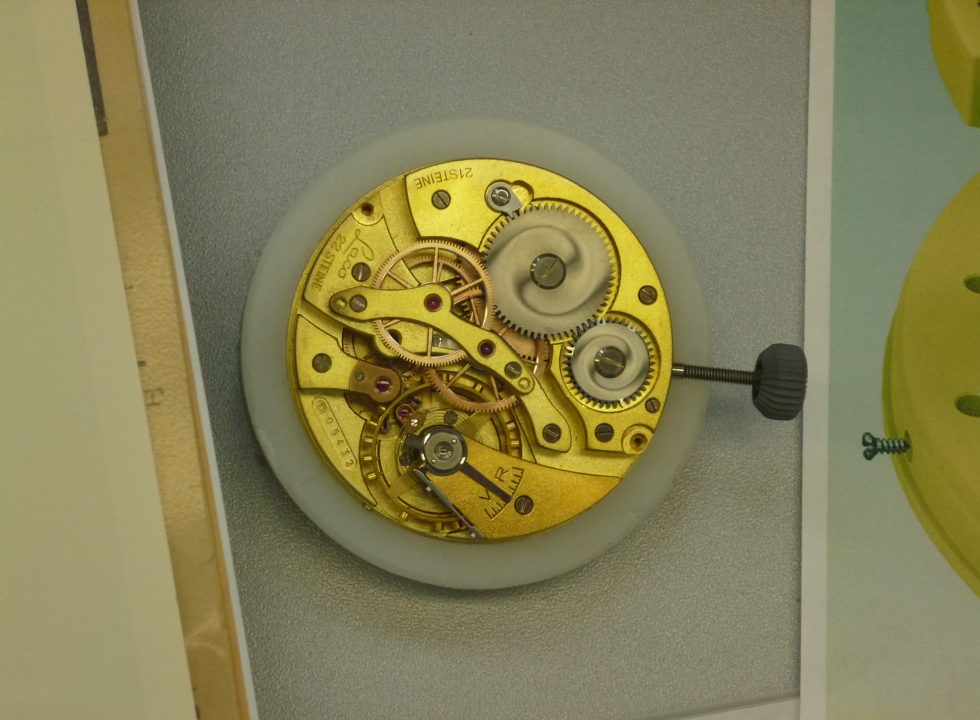
Neither to be forgotten is the 1957 Laco-Chronometer. A unique movement was developed especially – the manual wind 630 (13 lines) – with which Laco aimed to repeat the success of the aviator watches. Exactly how many Laco-Chronometers were produced is not known, but the number is unlikely to have been great.
Later Durowe brought out the slimmest German automatic ever (1963-4). The “Planomat” – 11 ½ lines, 600 cal. – checked in at a mere 4.6 mm, while the model featuring a date function (610 cal.) measured 4.75 mm.
LACO goes global
By this time, Laco-Durowe had already been owned for some years by the U.S. Time Corporation, better known as “Timex”. As a result of a slump in sales, Ludwig Hummel sold the company to the American watchmaking giant on 01.02.59, Timex being particularly interested in Laco-Durowe’s advanced research into the possibilities of electrical and electronic timepieces. With the emphasis heavily on this aspect of the business, the “Laco-electric” was to appear in 1961 – Germany’s first reliably functioning electric watch. An attempt by a Mr Epperlein of Ersingen to introduce the first electric watch onto the market in 1958 had been largely unsuccessful, owing to design flaws. So here too, it was Lacher that was to set the technical pace.
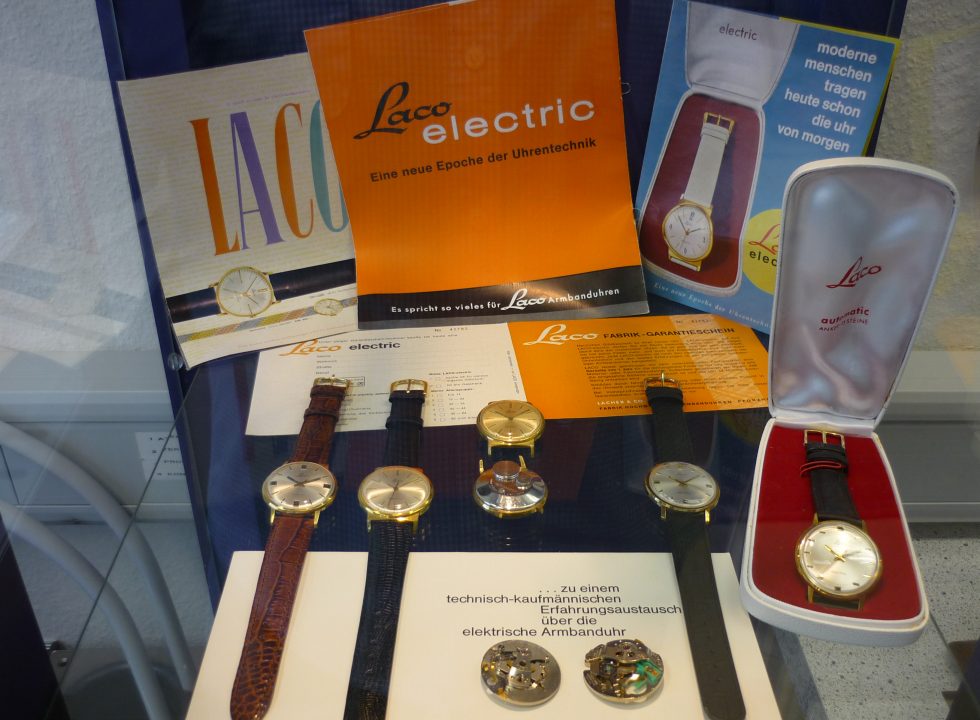
The company did not remain long in American ownership. On 01.09.1965, the Swiss firm Ebauches S.A. took over Durowe – however, Lacher & Co. and the brand name Laco were not swallowed up. The Swiss, who from now on wanted Durowe to produce only mechanical movements for ladies’ and gents’ wristwatches, acquired easy access to the markets of the then E.E.C.- today’s European Union – through the German company. Durowe remained a dominant producer – in 1974, a total of 550,000 movements were manufactured.
However, the Japanese quartz revolution was to mean that even the once mighty Laco-Durowe concern soon sank into oblivion.
LACO reborn
Fortunately, during the 1980s someone at Erich Lacher Uhrenfabrik – which all these years had continued to exist and produce as Laco’s “little sister” – still remembered the two companies’ joint beginnings, and the prestige of the Laco name. Consequently, on September 8th 1988 the managing partner Horst Günther acquired the rights to the Laco name and logo, which enabled the company to start producing a modern range of high-quality Laco watches. Even today, some of these watches are still mechanical – but they now tick with a Swiss “heart”, just as in the early years of the Lacher business. The fortunes of the firm were then in hands of Andreas Günther, the sixth management generation.

The Present
Today Laco is embedded into a holding together with other well-known companies like Selva (watches, watch parts, tools) and the Rudolf Flume Technik GmbH (founded 1887 in Berlin). Laco’s current CEO, Uwe Rücker, is also the CEO of the Rudolf Flume Technik. He took over from Andreas Günther in 2015. To band together with other companies and then share the synergy effects helped Laco to restructure and consolidate financially. The new models being launched since Baselworld 2016 prove that the move under the umbrella of the Wagner Untenehmensgruppe was the right decision for the growth of the brand.
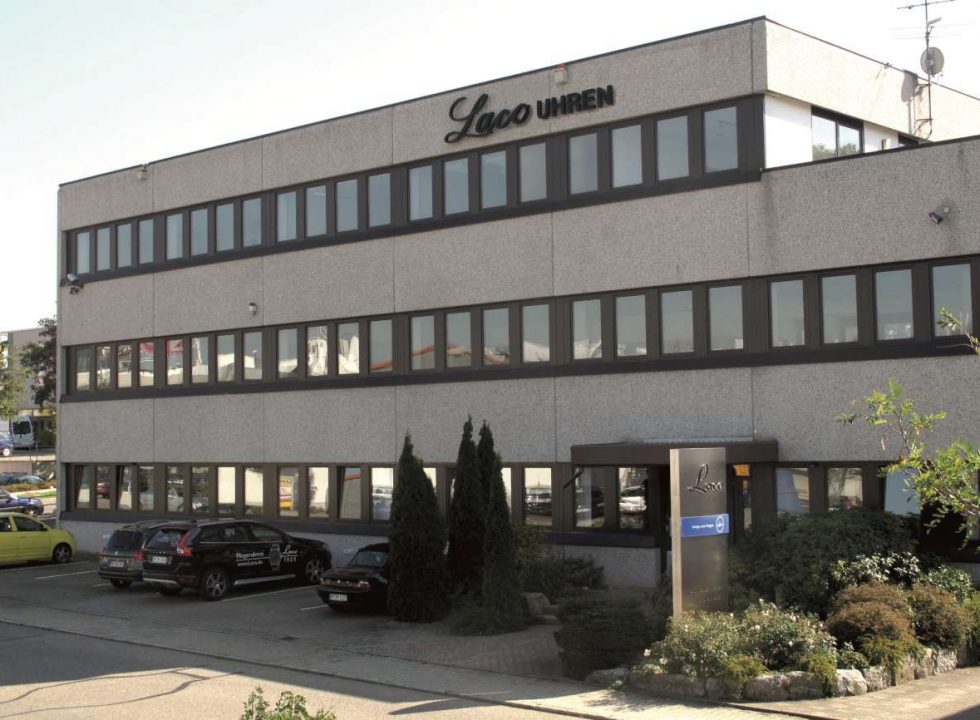
The first watches presented to us were the new LACO Flieger Erbstück featuring bronze cases. Prototypes have already been showcased at this year’s Baselworld. They will be available to the retailers very soon.
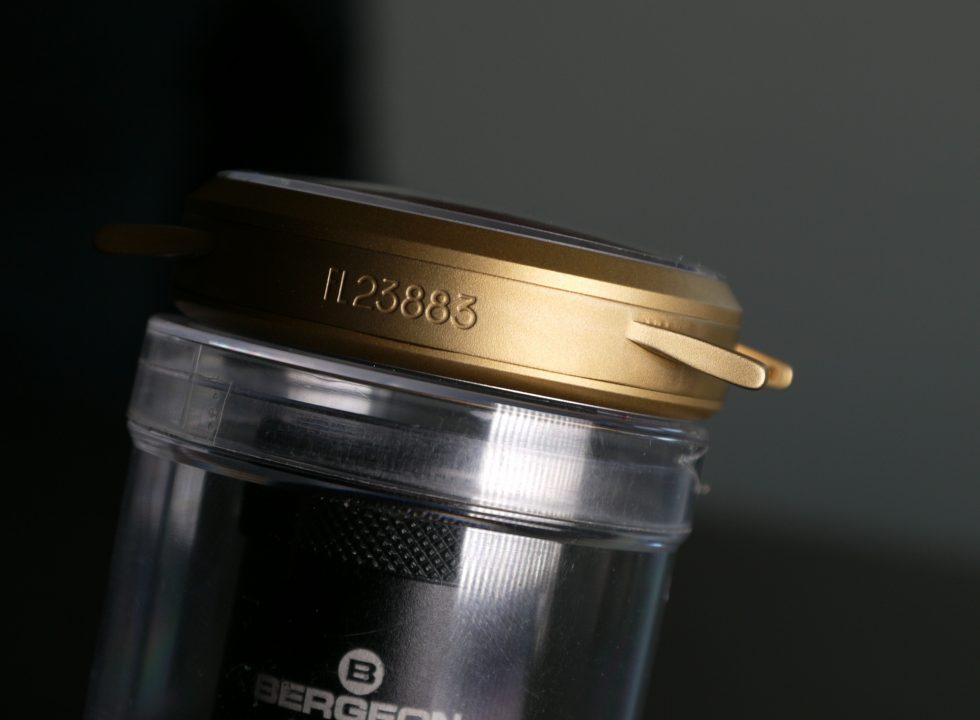
The new Flieger bronze cases look very nice. They are 45mm in diameter, height is about 13mm. The case is sand blasted bronze, lug width is 22mm.
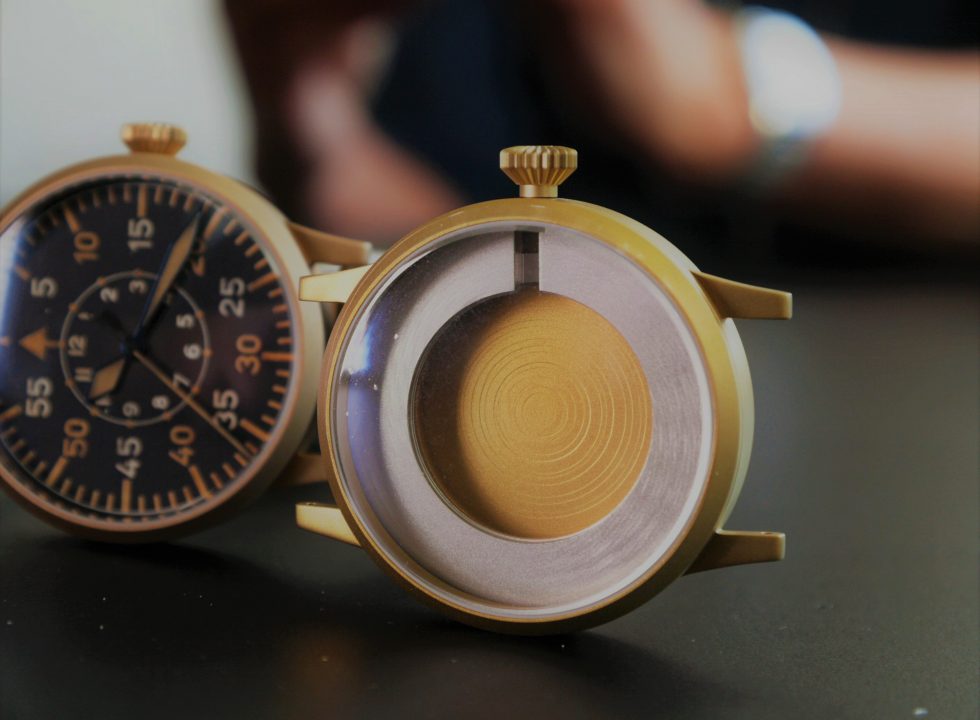
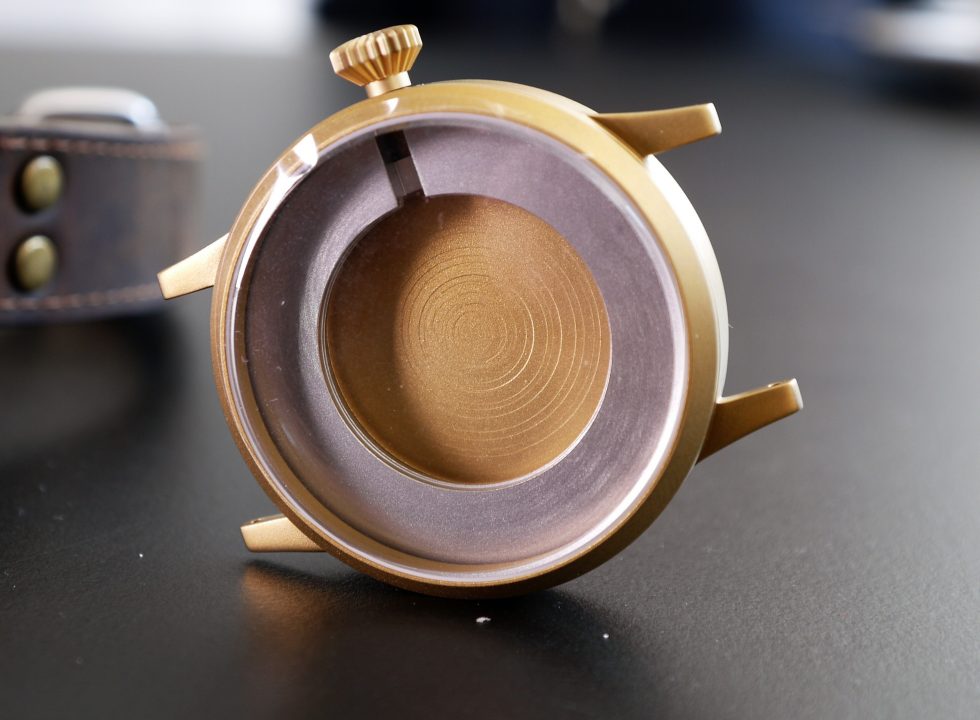

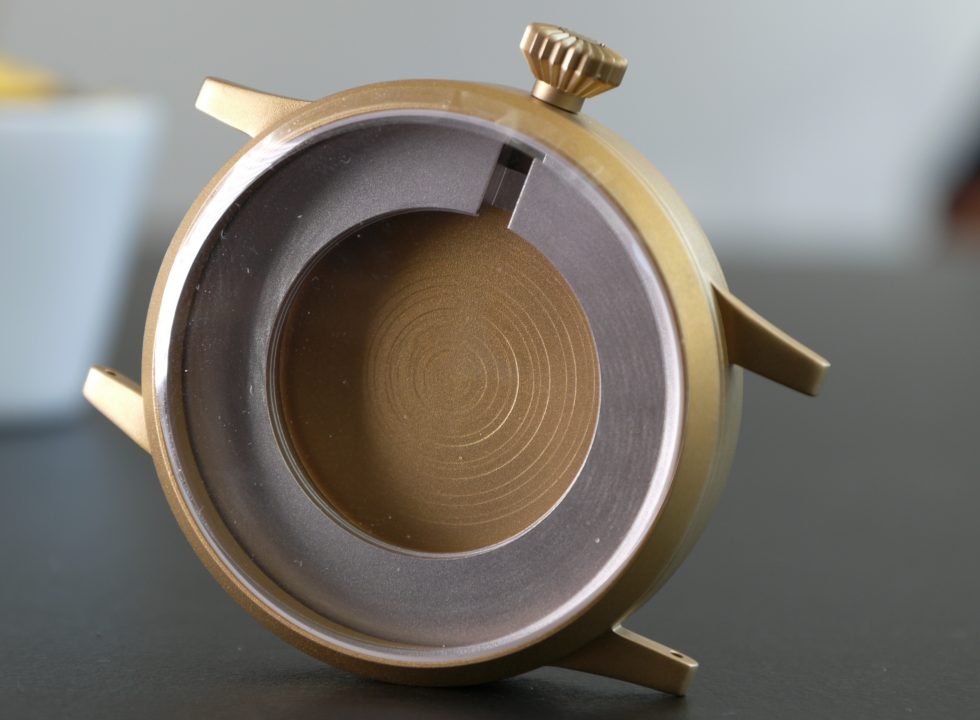
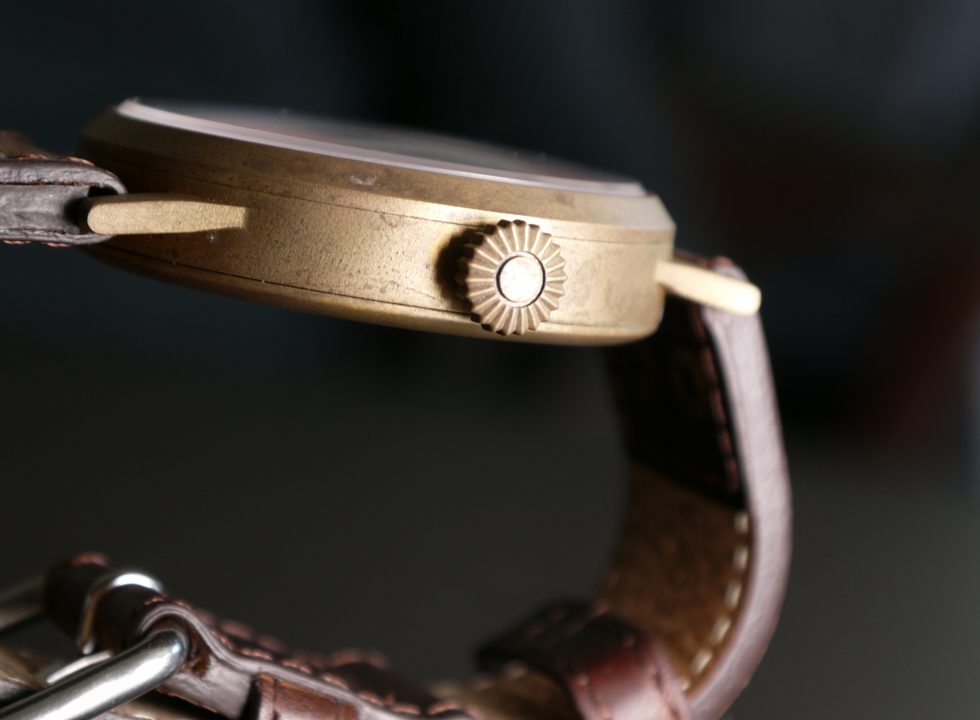
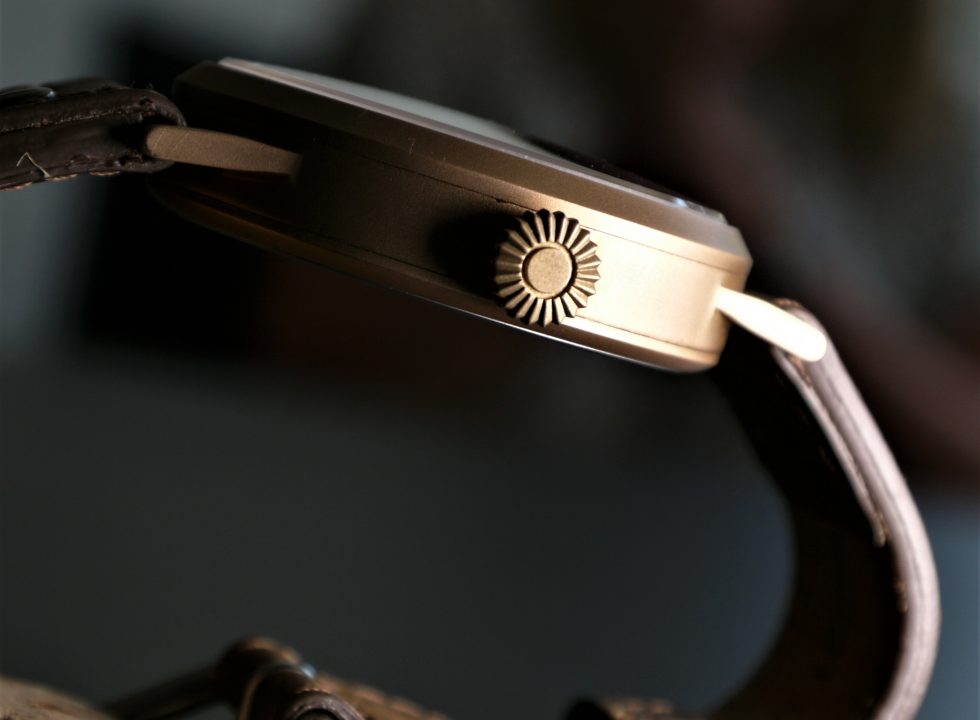
An interesting feature of the bronze models is that their leather straps are basically carbon copies of the original one pilots used in the 1940’s. Laco staff isn’t sleeping, they are currently experimenting with “artificially” aging the textile straps. A prototype was shown to us.
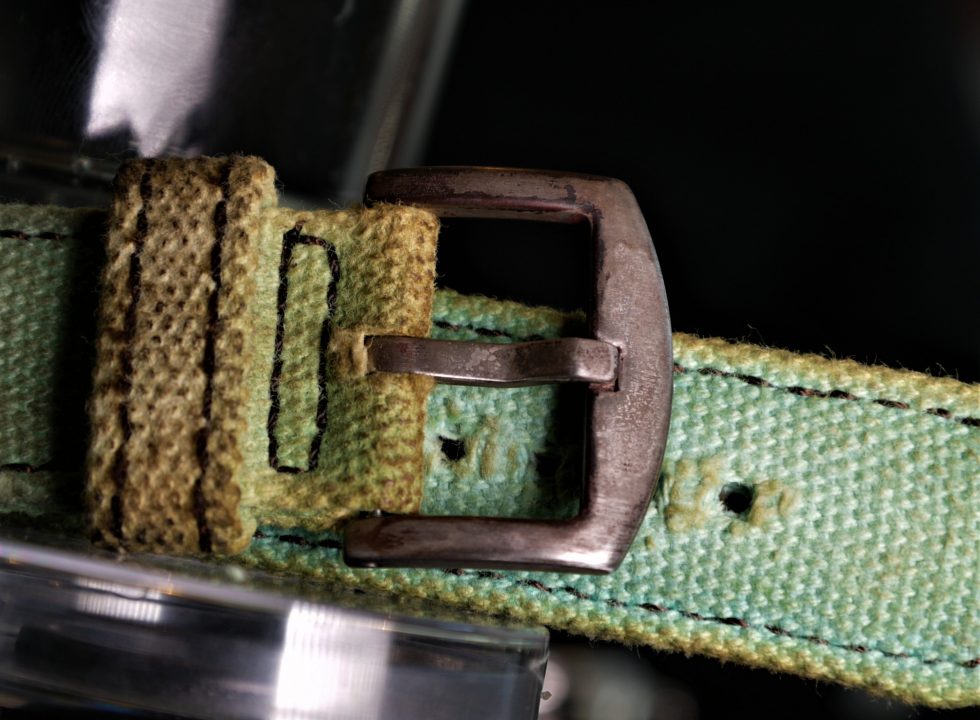
Laco has still a few vintage watches in their possession so these timepieces are as close to the original as it gets, of course they are bronze. Laco have taken their original “Erbstück” pilot watches to the next level. By forging the 45mm case out of bronze, the watch is designed to relic and forming patina over time, which – after some time – provides a truly unique timepiece.
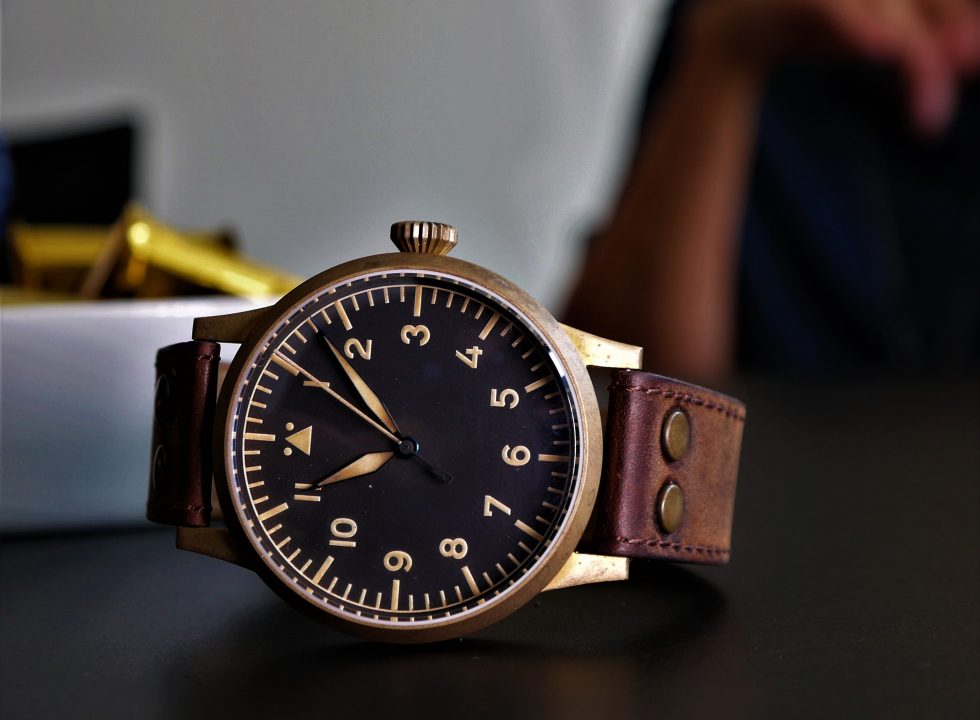
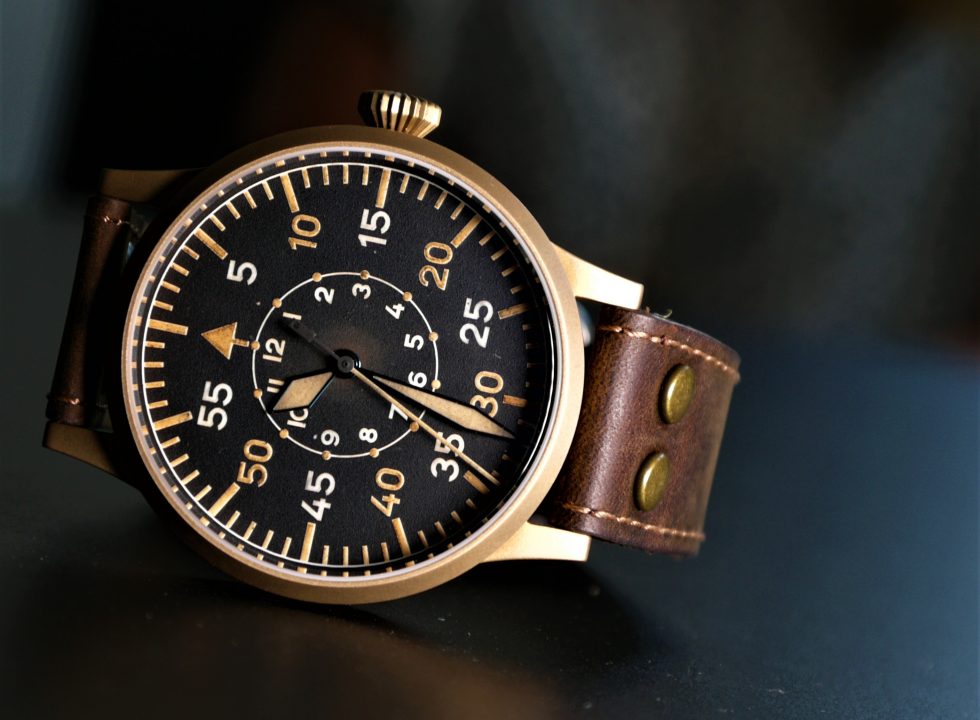
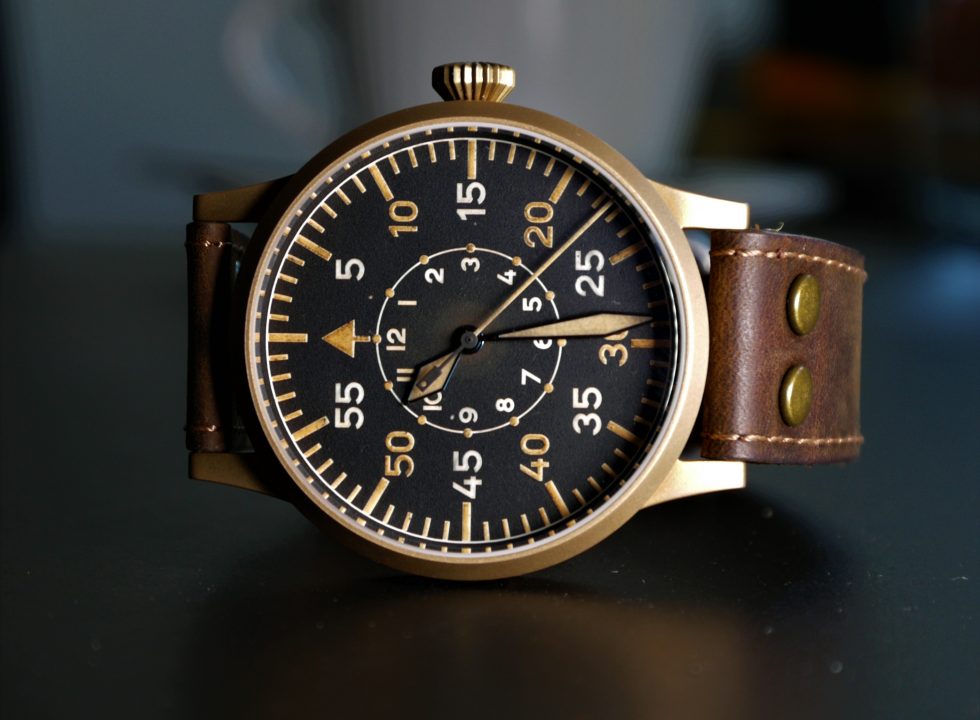
Heated blued hands and classic Type A and Type B dial configurations pay tribute to the time pieces of WW II. The dial of the Bronze Erbstück models is also finished in a slightly ‘tropical’ style, and the beautiful distressed leather strap is crafted out of vintage leather to complete the look.
The case back is stainless steel to protect the bronze from touching the skin.
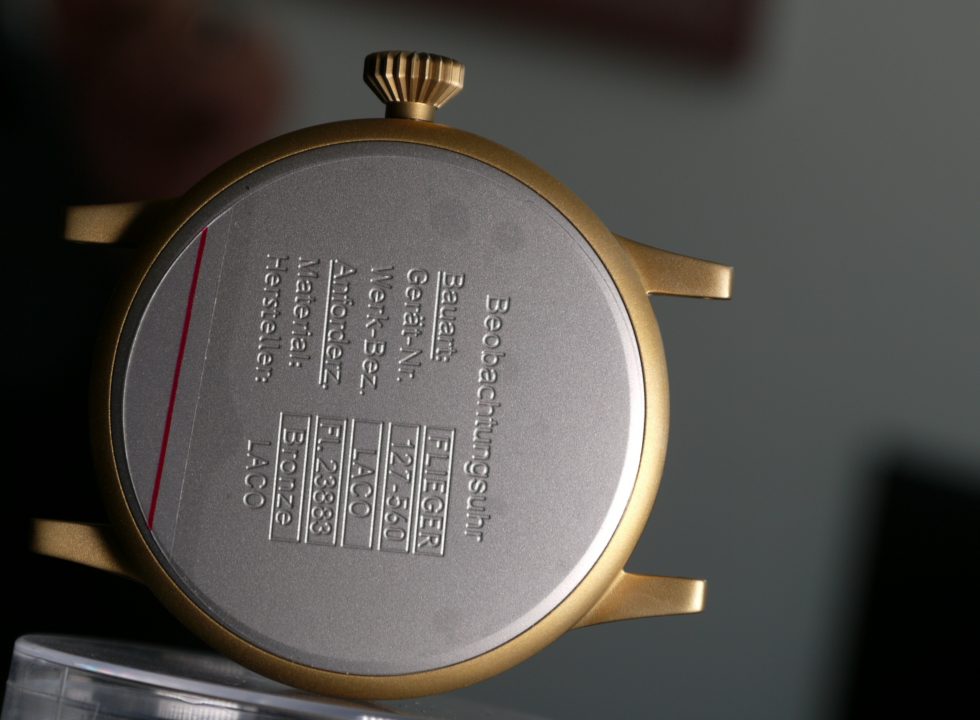
The bronze flieger is available in a 45mm case with handwinding (Laco 01) and automatic (Laco 24) movement in both Baumuster A and B type dial as shown above.
On our visit to Pforzheim blue dials were also noticeable everywhere, Laco not being an exception. This year LACO presents two Flieger watches exactly fitting into the “blue trend”.
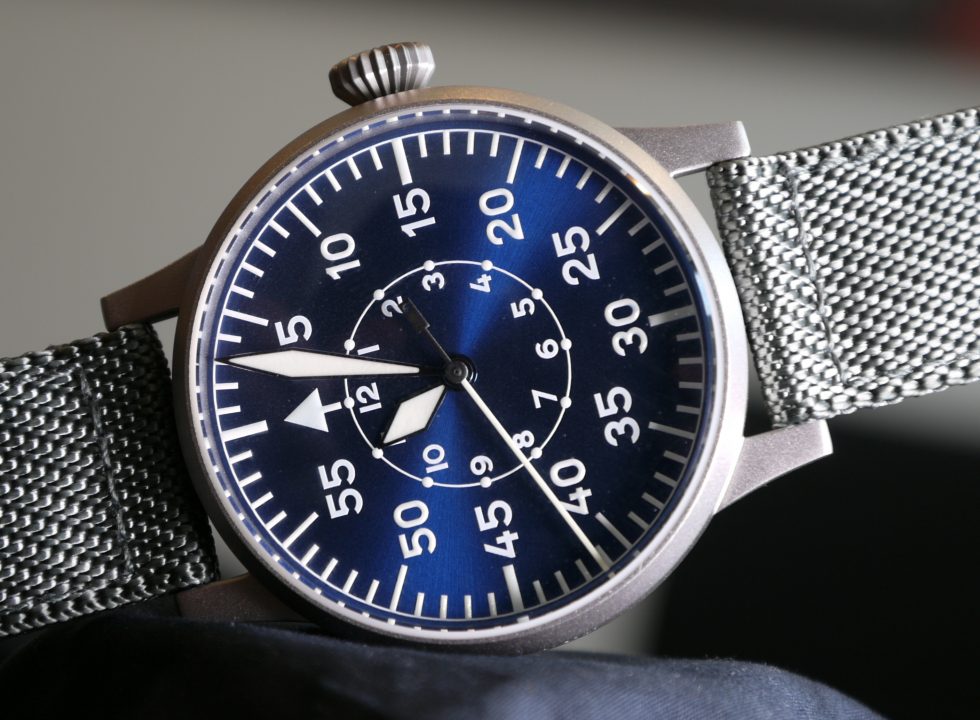
The “Blaue Stunde” (Blue Hour) consists of 4 different models = two models with Baumuster A dial and two models in Baumuster B style, both available with Laco 01 (ETA 2801-2) and Laco 24 (ETA 2824-2).
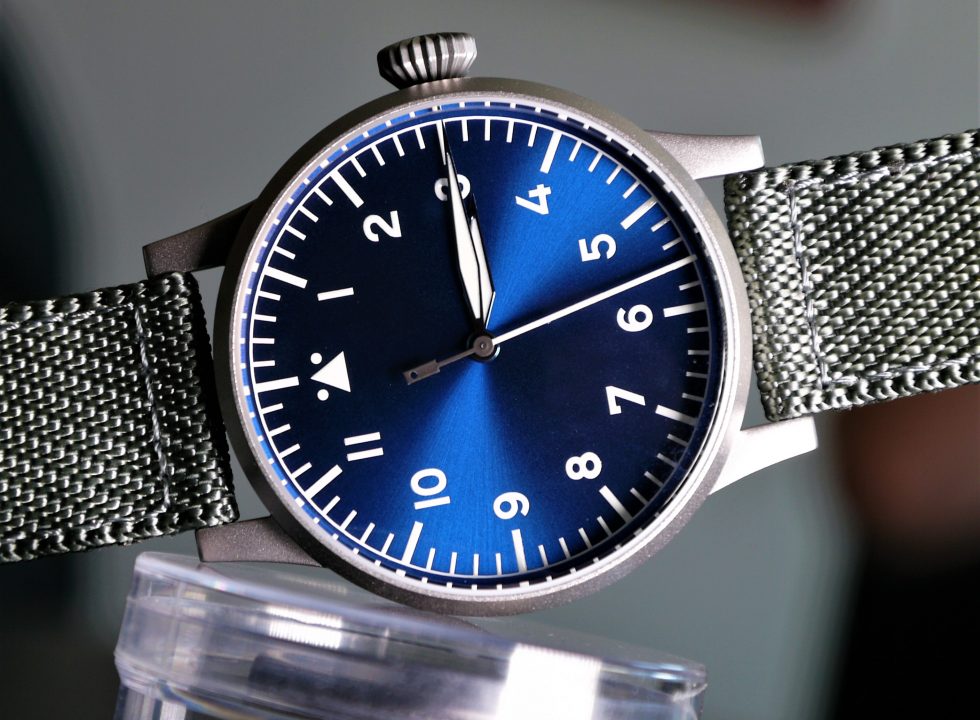
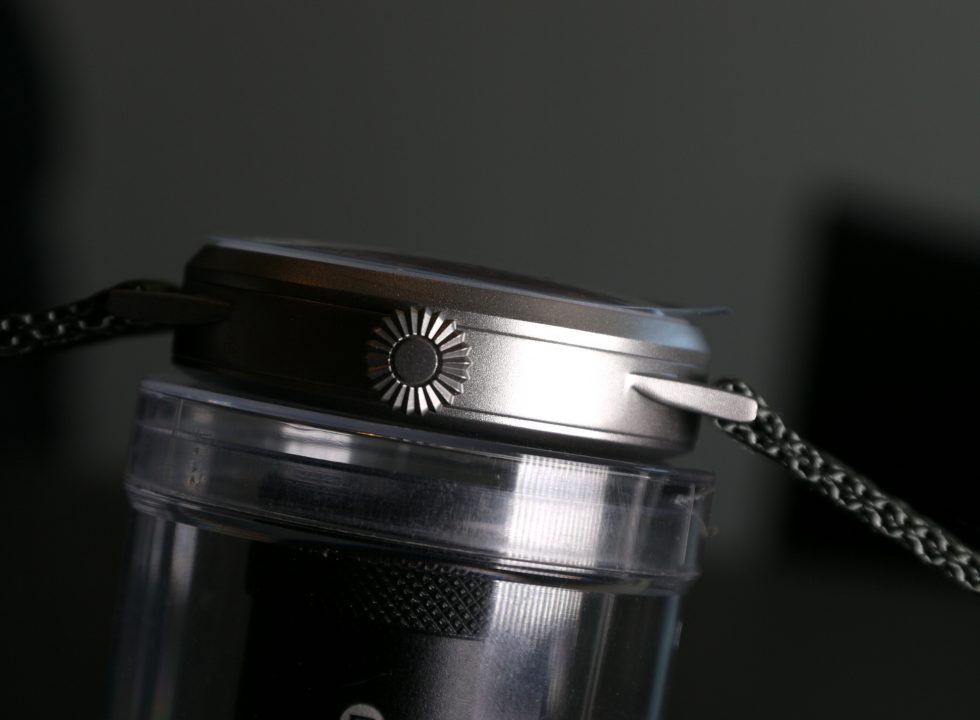
The Baumuster A models are the ones that have a somehow simpler dial layout with only Arabic numerals, indexes and the Flieger triangle at the 12 o’lcock. Baumuster B models have the little inner circle to show the hours and the big Arabic numerals to display the minutes.
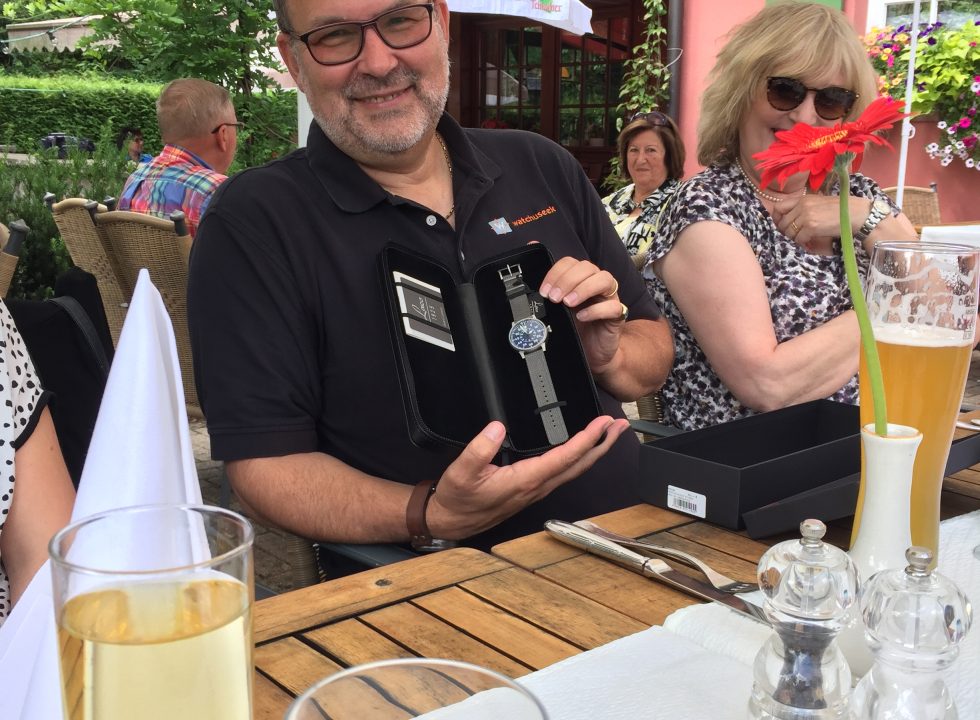
Mike couldn’t resist and ended up walking out with the LACO LEIPZIG Blue Hour, 42mm, on his wrist.
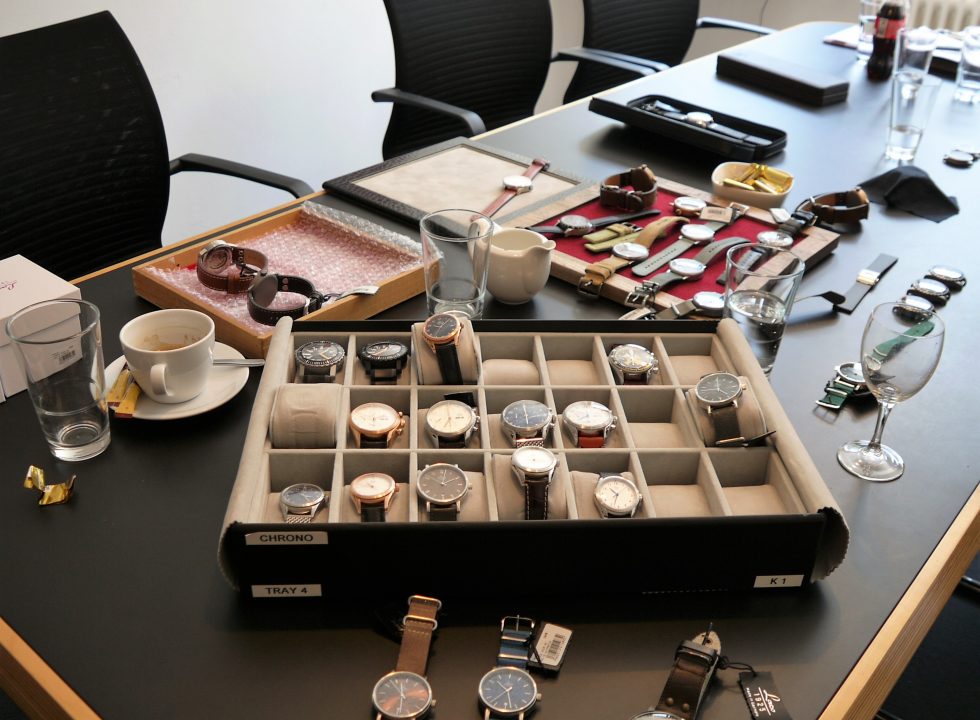
In the end, we came, we saw, and we left with awesome Fliegers.
Editorial and Photography Credit: Mike Stuffler and Bhanu Chopra
This content is republished from Watchuseek.com

